The Future of Forecasting Business Forecasting & Analytics Forum San Francisco 1-2 March 2016
por Arik Johnson


1. Topics to Watch
1.1. Big Data
1.1.1. Relevance
1.1.2. Relevance
1.2. Machine Learning - probable future trend
2. Reading List
2.1. "Playing to win"
2.2. Innovating on the Z-axis
2.3. "Measuring the Digital World" by that Gary Angel
2.4. "Analysis without Paralysis"
2.5. "Supply chain: metrics that matter"
2.5.1. Reader
2.6. People to Follow 1
2.6.1. Reader
3. Action Priorities
3.1. Get Finance involved in the S&OP Process
3.2. Matrix of performance competencies to set expectations for analyst skills and abilities. (From "average" to "world class".
3.3. "Waterfall" reports as a standardization technique and benchmarking forecasting expertise
3.4. Capturing structured data from non-traditional/unstructured sources
3.5. "Raise the bar, keep things fresh"
3.6. Building Visualization tools for reviewing/analyzing forecasting drivers
3.7. Implementing a Checklist of Foreccast Tasks
3.7.1. Why
3.7.2. Who
3.7.3. How
3.8. Multidisciplinary Collaboration with other horizontal functions (sales, marketing, operations, planning, etc.)
3.8.1. Diversity of Data Sources, Types and Tools for Analysis
